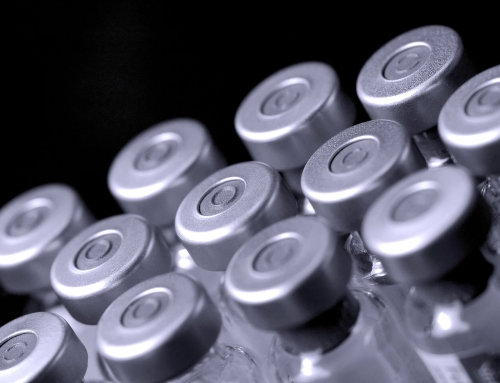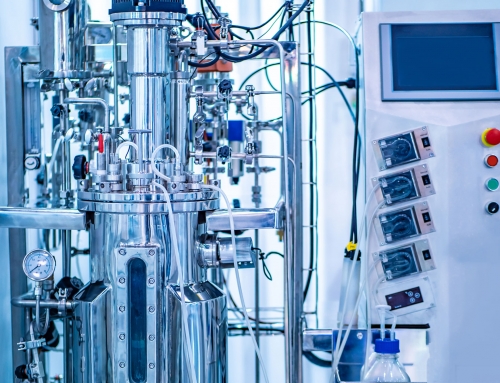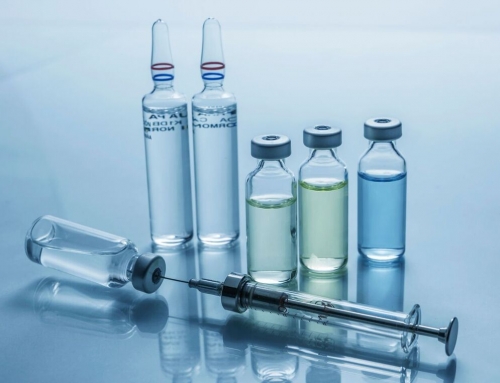Challenges of adapting vaccines for oral administration remain significant, but emerging techniques promise greater flexibility and efficiency.
Pressures to streamline development and production continue to ramp up in many areas of the pharmaceutical industry. This is particularly true in the field of solid oral dosage forms for vaccines, which now account for more than 60 percent of all pharma manufacturing worldwide.
Even as developers and manufacturers work to optimize formulations and manufacturing pipelines for new drugs, many are simultaneously creating new formulations and improved dosage forms for active pharmaceutical ingredients (APIs) they already own. Thus, a developer hoping to capture a slice of the solid oral vaccine market must compete not only against other drugs, but also against an array of ever-evolving formulations and dosage forms for these pharmaceuticals.
And despite the relative straightforwardness of manufacturing solid oral doses, the increasing intricacy of drug development and processing pipelines have spurred many developers to seek assistance from contract manufacturing organizations (CMOs) that specialize in producing specific types of oral vaccines. With those challenges in mind, this article will examine several key trends in solid oral vaccine production, and emphasize related considerations in the selection of a manufacturing partner.
The development and manufacturing of solid oral vaccines pose greater challenges than many conventional oral dosage forms.

While most vaccines are delivered via intramuscular or subcutaneous injection, a growing number of pharma developers have turned to sachets and blisters for the delivery of vaccines. But although oral vaccines may be easier to administer, they also bring a number of unique challenges.
Like other biologics, oral vaccines must be processed and stored in ways that preserve the efficacy of the biological agents they contain. This means sterility must be sustained throughout the manufacturing pipeline, from the moment the antigens arrive (or are generated) in the lab, to the addition of excipients, water, and other formulation components, to the filling, sealing and packaging stages.
Manufacturing, packaging and storage of solid oral vaccines must be performed at temperatures that cause minimal or no harm to the antigens. This means techniques such as hot tablet pressing, which are often used in the production of solid oral dosage forms, will likely be impractical for vaccines, as the high and temperatures and pressures may destroy the very proteins that lend the vaccine its efficacy.
Most oral vaccines must also be stored and transported in an unbroken cold chain, designed to prevent inadvertent degradation of the vaccine’s biologic components. While cold chain storage greatly extends the shelf life of a vaccine, it also places strict limitations on the components of the formulation, which must not undergo state changes or chemical modifications while stored at extremely low temperatures.
To address these issues, some CMOs are developing new techniques for solid oral vaccine manufacturing.

Because the antigens central to many vaccines are too delicate to survive conventional manufacturing processes for solid oral dosage forms, an increasing number of developers and CMOs are now targeting their research toward novel techniques and technologies that enable vaccines to be delivered orally in solid sachets and blisters.
One set of techniques focuses on the use of artificial vesicles, which contain and preserve antigens even when the formulation as a whole is subjected to dehydration. These vesicles, which are typically built around complex chains of glucose molecules, can resist fluctuations in temperature, pressure and mechanical stress that would degrade and destroy most antigens. The resulting tablets deliver the vesicles into the recipient’s digestive tract, where the vesicles are rehydrated and dissolved, releasing the preserved antigens they contain.
Another approach centers on the use of thermodynamically stable powder consisting of virosomes: virus-like particles that exhibit many of the same antigenic traits as inactivated viruses, but contain none of the nucleic acids that degrade under heat and stress. While this set of techniques is still in the early development stage, it may eventually enable manufacturers to develop a set of adaptable processes for producing many varieties of virosome-based dosage forms for solid oral vaccines.
Even as more innovative techniques are introduced into the solid oral vaccine space, many of the core challenges are likely to remain the same. Antigens will still need to be preserved in sterile environments until they can be introduced into some form of preservative container, or used to generate virosomes. These issues have only just begun to be explored in detail, and will continue to spark research for decades to come.
Meanwhile, on the manufacturing side, facilities will still need to preserve antigens in an efficacious form, all the way to the point of delivery. And as techniques for solid oral vaccines become more standardized, manufacturers will face increasing competitive pressure to streamline and optimize their production pipelines. Future innovations on the development side will force CMOs to adopt more flexible and efficient processes for the production of solid oral vaccines, in order to stay ahead of competitors and meet the ever-growing demand for these dosage forms.
This fast-changing subsector of the vaccine marketplace presents significant opportunities for developers and CMOs willing to take a calculated risk on emerging techniques. Solid oral dosage forms have only begun to demonstrate their potential as tools for the administration of antigens, and as the sector continue to expand, developers who remain focused on injectables and other conventional vaccine dosage forms may soon find they’re losing market share to firms who took an early leap into the future.






